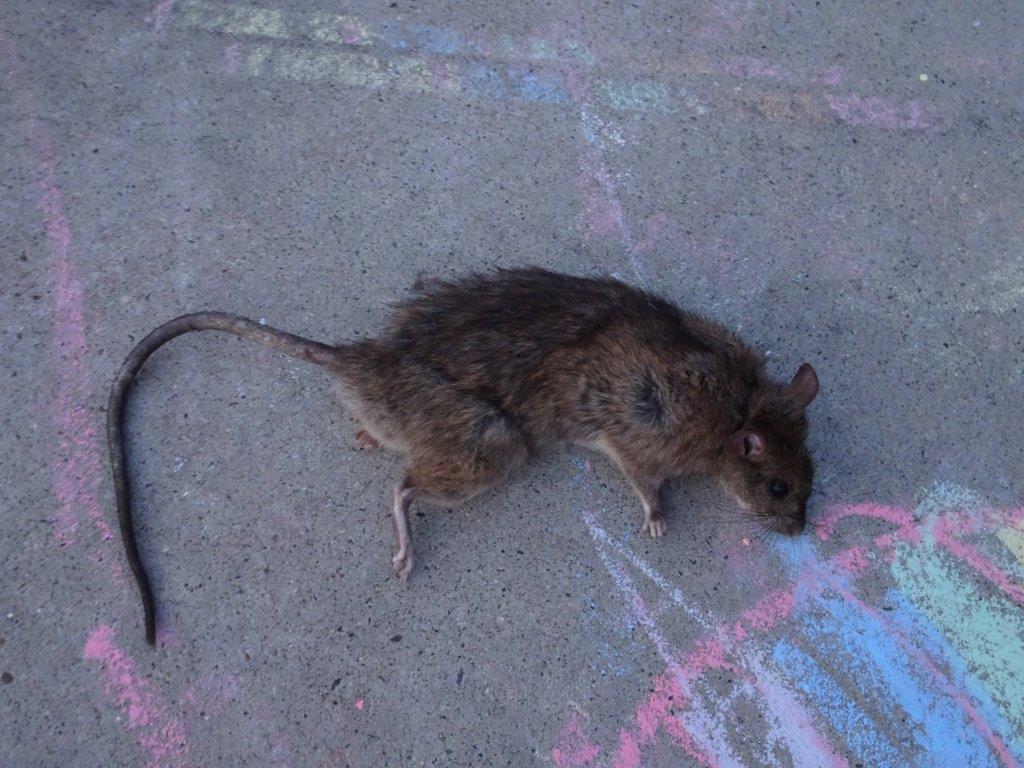We don't really know whether or not rats dream, but recent scientific studies seem to suggest that they do. When a series of rats were shown a treat, usually in the form of food, and they were forced to nap before they could get access to that food, they would dream about actually reaching that food.

Essentially, the rat was dreaming the route to the treat. In human terms, if you were to flick through an internet website with holidays and glossy images of white sandy beaches, and then you went to bed that night and took a nap, the brain waves would show that you had dreamed getting to that holiday destination - dreaming of the images that you saw on the websites.
Taking all of that into consideration, it would seem that science DOES back up the theory that rats go to bed at night and dream like humans do. They dream of the places they want to go to - the white corridor behind the food treat.
Go back to the Rats in the Attic home page.
Do rats dream?

When researching about rats, one interesting question that people usually have is if rats can dream. The answer to that is yes, rats like humans can dream.
There are ‘place cells’ present in both humans and animals that helps to capture and store memories regarding certain locations and then form mental maps of it. They work in a very interesting way. When we are at one location, these cells move and fire up to another place. When we change our location, so do these ‘place cells’. This helps in marking the location accordingly. It is believed that if specific activities are recorded, they can find out how the locations are mapped in the mind. This, however, requires small electrodes with thin wires to be implanted in the brain. While conducting this experiment and research there are some obvious hurdles. One such hurdle includes testing this on a human since many ethical and legal boundaries cannot be crossed. But this experiment and testing can be conducted on rats.
This experiment was conducted by placing each rat on a straight path. After this path was a T-junction on which they could walk but it was purposefully blocked. With the rats watching, food was placed on one end of the arm while the other was left empty. The rats could see the food that was placed by researchers along with the route to get there but they could not get to it because of the barriers. After a while, the rats curled up and slept. Their neuron firings were taken into account. When their brain activity was observed, they found out that they dreamt about accessing the place through a route they had not discovered before. Later, when they woke up, the rats were put back in the same place. The only difference this time was that the barriers were removed to provide them access. When they accessed that route, their ‘place cells’ activated in the same pattern as it did during their dream. Scientists have expressed that this mental mapping during sleep only comprised 8% of the total activity. Some may disregard it by saying it is not much but scientists think of this as a great discovery and knowledge considering it is a lot of activity for the brain and mind to spend on the task.
Scientists have used the discoveries found in this experiment on rats to understand how human brains work during sleep. Rats can dream and it consists of how they will get from one place to another to reach their source of food. Another finding according to this is that tasks are automatically performed better after they are slept upon. This can be due to renewed energy. It also makes it convenient to draw connections between the evolution of dreams amongst rats. Scientists are still looking for some of the answers which they wish to draw from conclusions but could not. Nevertheless, they are still looking into further dreaming patterns and correlations in rats by conducting more thorough research and related experiments. These experiments will further help to clarify why rats dream in this way and other helpful relative information.








